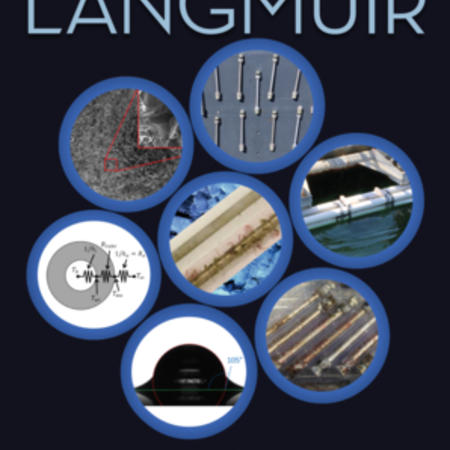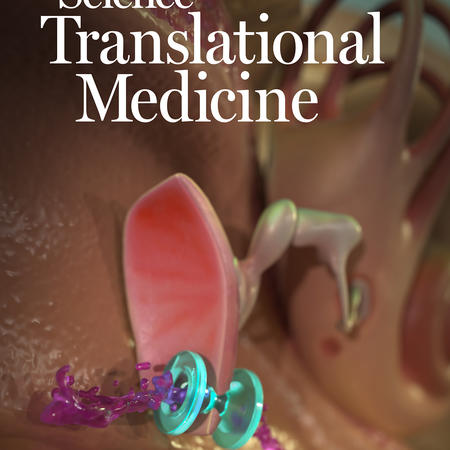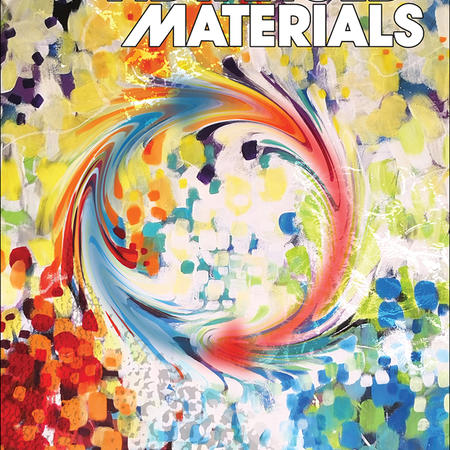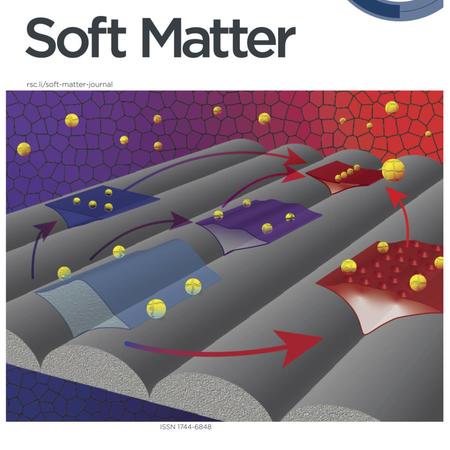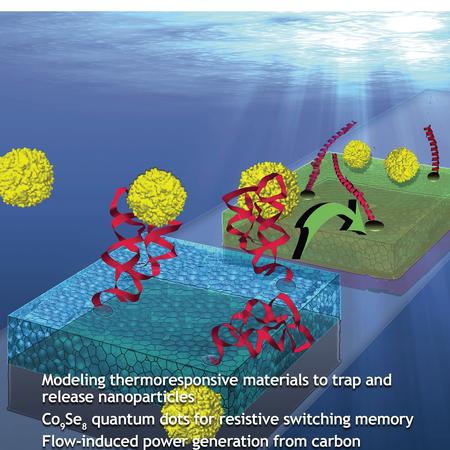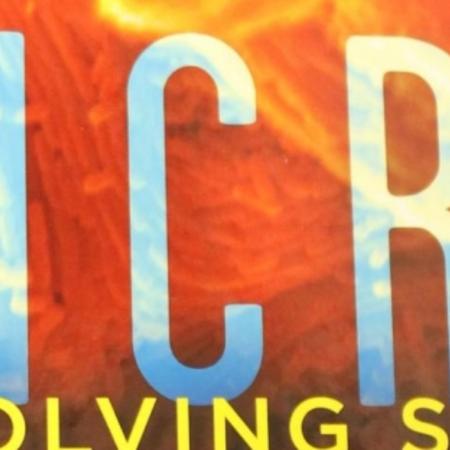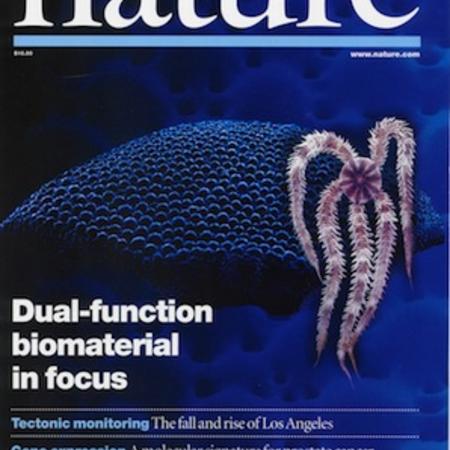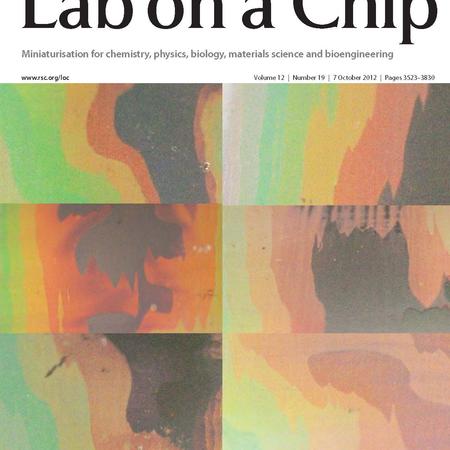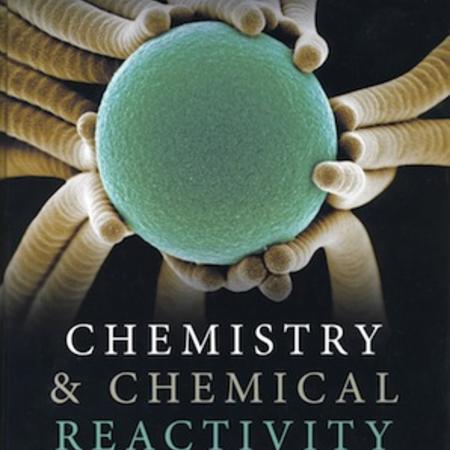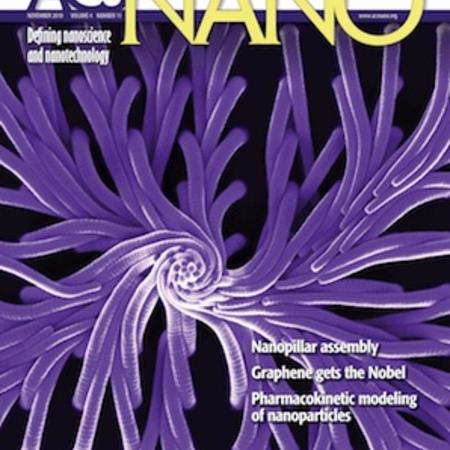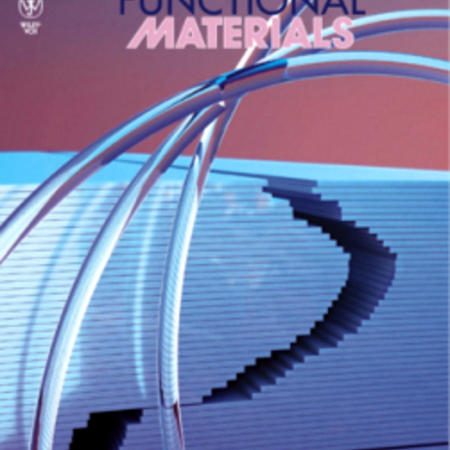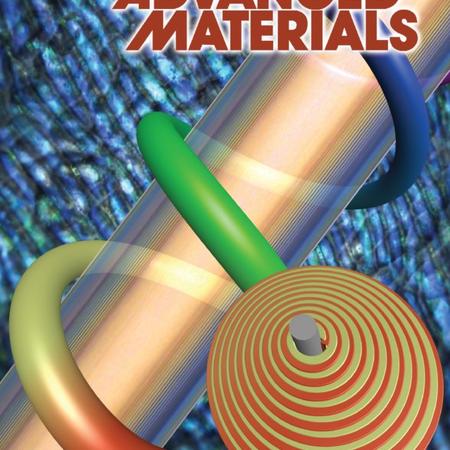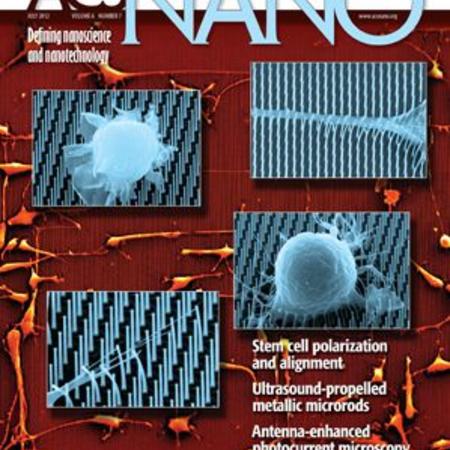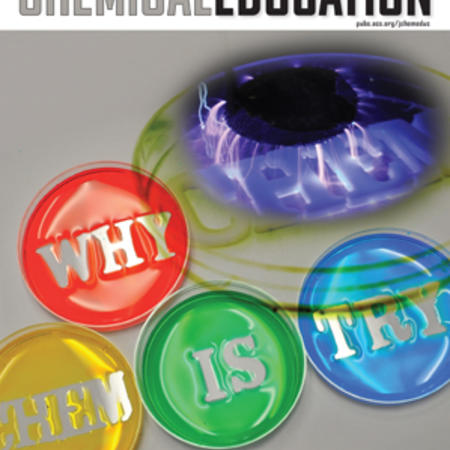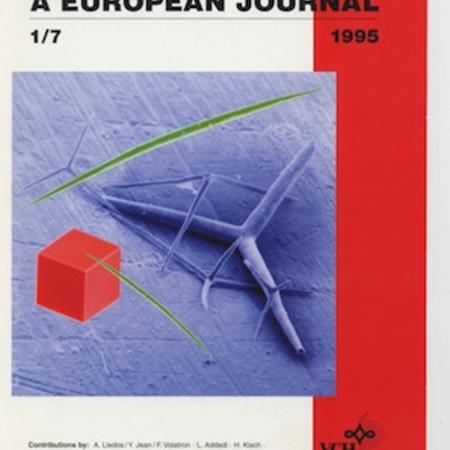Citation:
Abstract:
We present a simple one-pot co-assembly method for the synthesis of hierarchically structured pigment particles consisting of silica inverse-opal bricks that are doped with plasmonic absorbers. We study the interplay between the plasmonic and photonic resonances and their effect on the visual appearance of macroscopic collections of photonic bricks that are distributed in randomized orientations. Manipulating the pore geometry tunes the wavelength- and angle-dependence of the scattering profile, which can be engineered to produce angle-dependent Bragg resonances that can either enhance or contrast with the color produced by the plasmonic absorber. By controlling the overall dimensions of the photonic bricks and their aspect ratios, their preferential alignment can either be encouraged or suppressed. This causes the Bragg resonance to appear either as uniform color travel in the former case or as sparse iridescent sparkle in the latter case. By manipulating the surface chemistry of these photonic bricks, which introduces a fourth length-scale (molecular) of independent tuning into our design, we can further engineer interactions between liquids and the pores. This allows the structural color to be maintained in oil-based formulations, and enables the creation of dynamic liquid-responsive images from the pigment.
